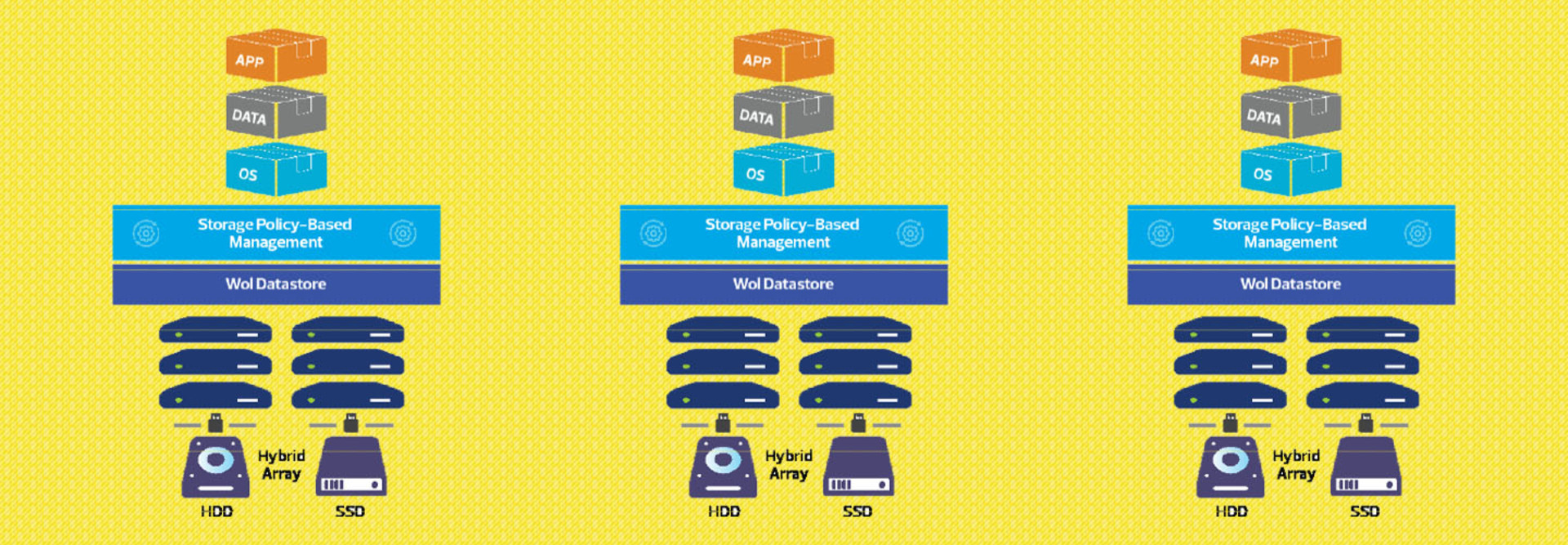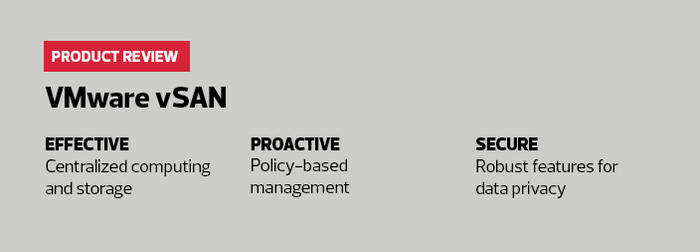Avoiding a Disastrous Disaster Recovery with VMware vSAN
One of the most vital roles and characteristics of effective data storage is the role backups play if an agency or organization suffers a disaster. Governments have always embraced continuity of operations planning, and protecting data storage has always been a part of that. Any good COOP plan will have a storage component. Thankfully, VMware vSAN integrates disaster recovery into its main platform.
Managed as a core component of a vSphere environment, vSAN is built on an optimized input-output data path in the vSphere hypervisor for exceptional performance. This means that separate administration tools and connections are not required, thereby simplifying management, particularly in locations that have little or no local IT staff, such as a disaster recovery site.
Additionally, features like VMware vSphere Replication provide asynchronous virtual machine replication with recovery point objectives configured per each virtual machine. This enables precise control over which workloads are protected in time increments as short as five minutes. Replication also avoids the need to provide excess capacity at a disaster recovery site to accommodate an all-or-nothing replication approach. Simply set important data to be updated and waiting should disaster strike.
As an example of how efficient vSAN is for COOP planning, when managing four 200-gigabyte virtual machines on a single logical unit number at a production site, disaster recovery protection is needed for only two of the virtual machines. With vSphere Replication, capacity requirements at the disaster recovery site are reduced because vSAN replicates just the two virtual machines needing protection. Array replication, by contrast, replicates the entire LUN, or all virtual machine data.
For even more protection, a policy rule in vSAN called “number of failures to tolerate,” or FTT, is engineered so that the virtual disk can tolerate one host or disk failure and still be available. FTT works by defining the number of copies of a virtual machine component to distribute across hosts in the cluster.
For example, if a policy contains the rule FTT=1, and this policy is assigned to a virtual disk, two copies of the virtual disk are maintained and placed on separate hosts. If one host goes offline, the virtual machine disk is still accessible on another host.
With solutions like vSAN, agencies of all sizes can benefit from reliable COOP backup and planning no matter what happens to the production environment. This will help ensure that governments are back up and running quickly during any crisis.
VMware vSAN
Version: 7.0
Cache: One SAS, SATA solid-state drive or PCIe flash device
Data Storage: At least one SAS or NL-SAS magnetic disk for hybrid; at least one SAS, SATA SSD or PCIe for all-flash
Bandwidth: Dedicated 1Gbps for hybrid configurations; dedicated or shared 10Gbps for all-flash configurations
Latency: 1-5 milliseconds, depending on configuration












